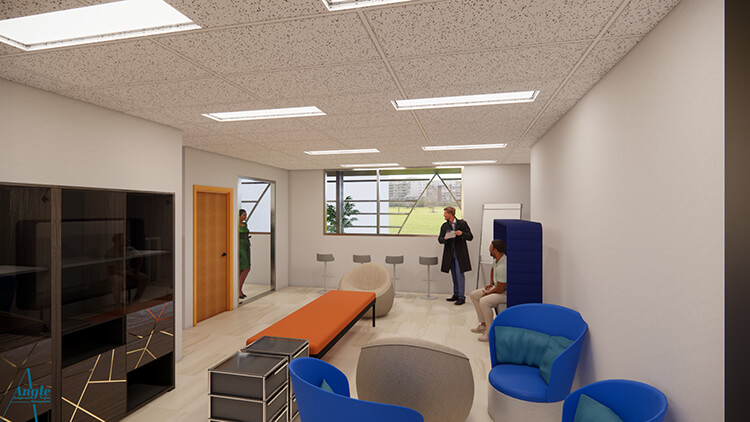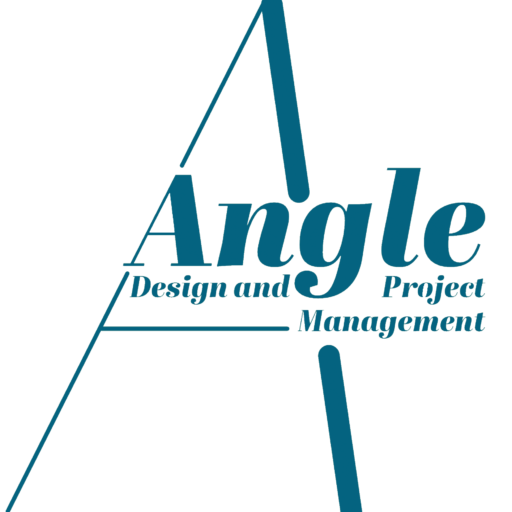Hydraulic design involves the use of fluid mechanical principles to design systems for the movement and management of water, sewerage and stormwater. This includes fire services and roof water drainage including box gutter design. We offer hydraulic design services at Angle Design, and comply with all the relevant legislations to promote building safety, function and lawfulness.
From gravity drainage systems, to complex processes such as trade waste and equipment processing, hydraulics has long been a ‘dirty word’ in design. However, it is a critical component that must be effectively designed and delivered in conjunction with high compliance requirements.
Experience goes a long way when seeking to reach a practical and aesthetic outcome. Angle Design boasts 25 years of experience, and is therefore adept at delivering compliance and authority requirements, adapting your design to meet those requirements and your individual needs, and ensuring that contractors, plumbers and builders construct the design with confidence and clarity.


At Angle Design, we make sure that the hydraulic components of each design meet the client’s functional and aesthetic needs, and abide by all authority requirements and legislations. As a result, we consider the following elements when engaging in hydraulic design:
- Drainage: Proper drainage is essential to prevent flooding and water damage. Systems for the collection and movement of stormwater, including catch basins, storm sewers, and retaining ponds, are designed.
- Water reticulation: This involves designing systems for the distribution of potable water, including water mains, valves, and meters. It also includes designing systems for the collection and treatment of wastewater, such as sewage lines and treatment plants.
- Sizing of pipes and channels: It is important to ensure that the pipes and gutters used in the system are appropriately sized to handle the expected flow of water. Factors such as peak flow rates, blockage and water velocity must be taken into account.
- Flow control: This includes designing systems to control the flow of water, including pumps, valves, and flow meters. Systems to manage the pressure of water, such as pressure reducing valves and surge tanks, may also be designed.
- Hydraulic modelling: Computer-based hydraulic modelling can be used to simulate the flow of water through a system and to optimise the design.
- Maintenance: The design should include provisions for regular system maintenance to ensure that it continues to function properly over time.
- Safety: The design should consider the safety of workers and the public, and include provisions for emergency shutdowns and spill control.
This service is essential to ensure that the system is designed properly and meets all relevant codes and regulations, and you will have additional confidence that the designs are accurate, efficient, cost-effective, and reliable.
Angle Design can also assist with hydraulic modelling to simulate the flow of water through the system and optimise the design.
Angle Design works closely with building professionals, including architects, civil engineers and contractors, to ensure that the design integrates with the overall project and meets the client's needs.

